The Masai Mara, in Kenya, is the most famous natural park in the world, the one – so to speak – you see in almost all TV documentaries on African fauna. Yet it is not nationally protected, it is not a real “national park”, but only a “wildlife – or game – reserve”. However, it is of great importance and moves the Kenyan economy with dedicated tourism. A trip to the Masai Mara… includes at least three more! Spread over 1500 square km, the park is also home to the “big five”, the five great animals that symbolize Africa and safaris. Let’s find out together what they are… and where to find them.
Discovering the Masai Mara
The Masai Mara reserve rises in the land of the Masai crossed by the Mara River, along the line of volcanoes known as the Great Rift Valley. Part of the reserve borders Tanzania and also borders the other famous wildlife park, Serengeti. Most of the territory consists of dry plains and savannas, but where the “rift” begins, forests also grow.
The territory became a protected reserve in 1961 but unlike real national parks it is managed by regional bodies and private companies. You shall pay for some services and they can be very expensive too, but the reserve offers a lot in terms of hospitality. Last but not least, the possibility of sleeping within the confines of the habitats of large animals, in complete safety.
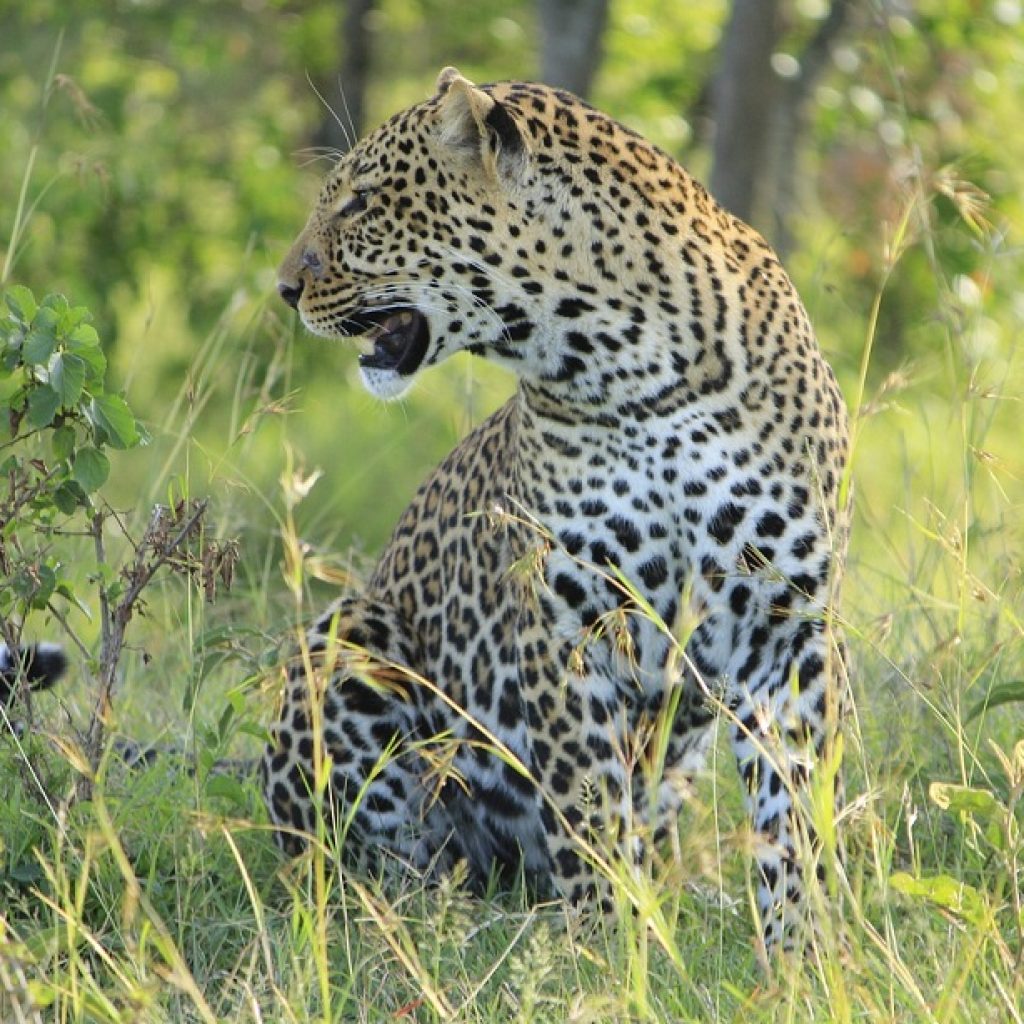 What to see at the Masai Mara
What to see at the Masai Mara
The five great symbols of African fauna live here all year round: lions, leopards, elephants, buffalos and rhinoceros (both black and white ones) are the real protagonists of safaris and excursions in the Masai Mara. The park is their habitat and you just have to move a little to find them in almost every area of the territory.
Other animals arrive at Masai Mara during the rainy or mating seasons. For example, wildebeests, zebras, Thompson’s gazelles, crocodiles, hippos and hyenas are part of the reserve’s seasonal population. They are joined by African wolves, jackals, wild cats, antelopes and thousands of species of birds (including many birds of prey). The largest groups of animals are wildebeests and antelopes.
Safaris at Masai Mara can be done on foot, by jeep but also … by hot air balloon, especially during the great migrations. From above, the spectacle of the running herds is something unique!
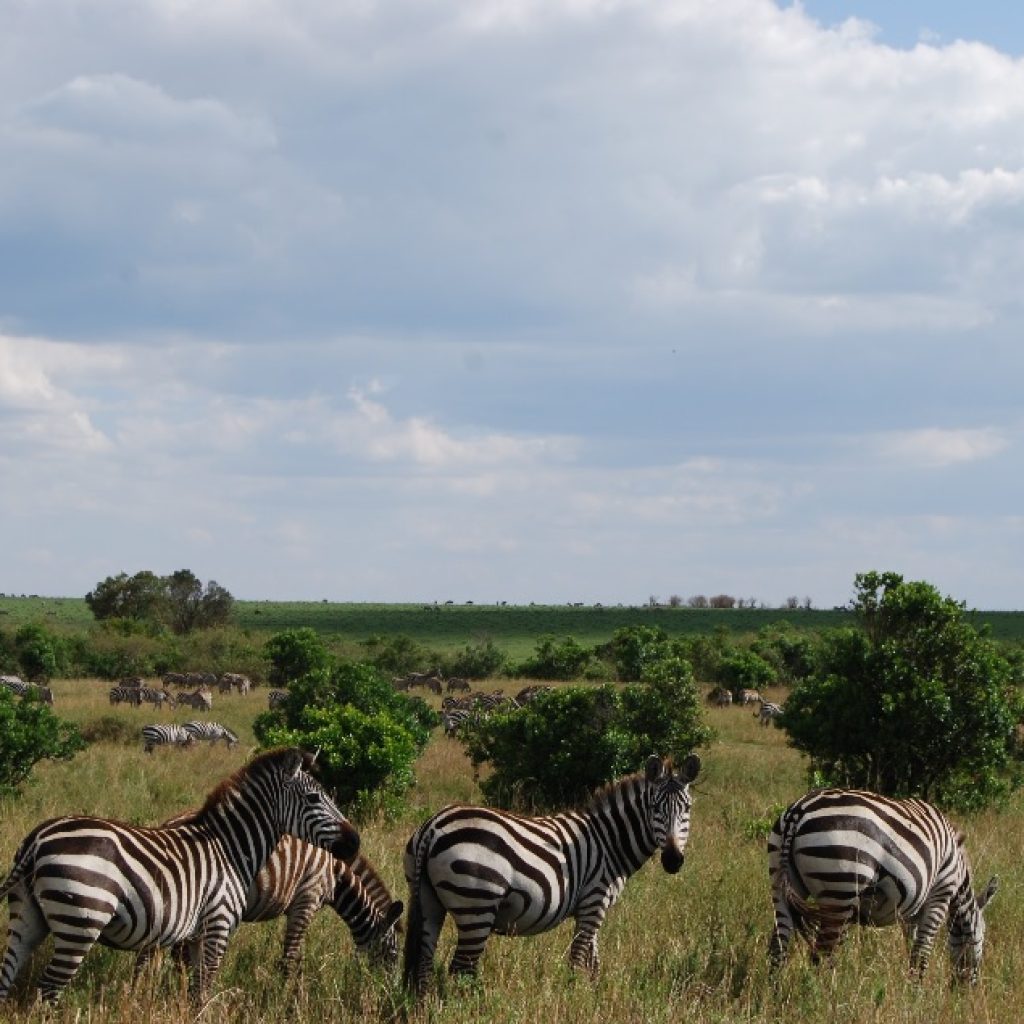 When to go, what to bring
When to go, what to bring
All year round is perfect for visiting the Masai Mara. It all depends on what you want to see. Lions and predators are most active in the January-March period.
The great migrations of the herds, on the other hand, take place between July and October.
Always bring – and wear – long sleeves and trousers, with tightly closed high shoes. Never forget: hats, sunglasses, anti-mosquito cream, sunscreen, plenty of water, photo-video devices! The clothes must be neutral in color and never too flashy. Also avoid jewels and shiny elements.
How to get there, where to stay
The Masai Mara can be reached by domestic flights from Nairobi to the airstrip of the reserve itself, with travel times ranging from 45 minutes to an hour. Some tour operators also offer transfers by car from the capital, but it takes between six and eight hours drive on roads that are certainly not perfect! Once in the park, however, the choice of excursions will be varied and very interesting.
Some areas of the park and some services are subject to a fee. You can stay inside the park itself (https://www.masaimara.com/index.php#homepage-portfolio).
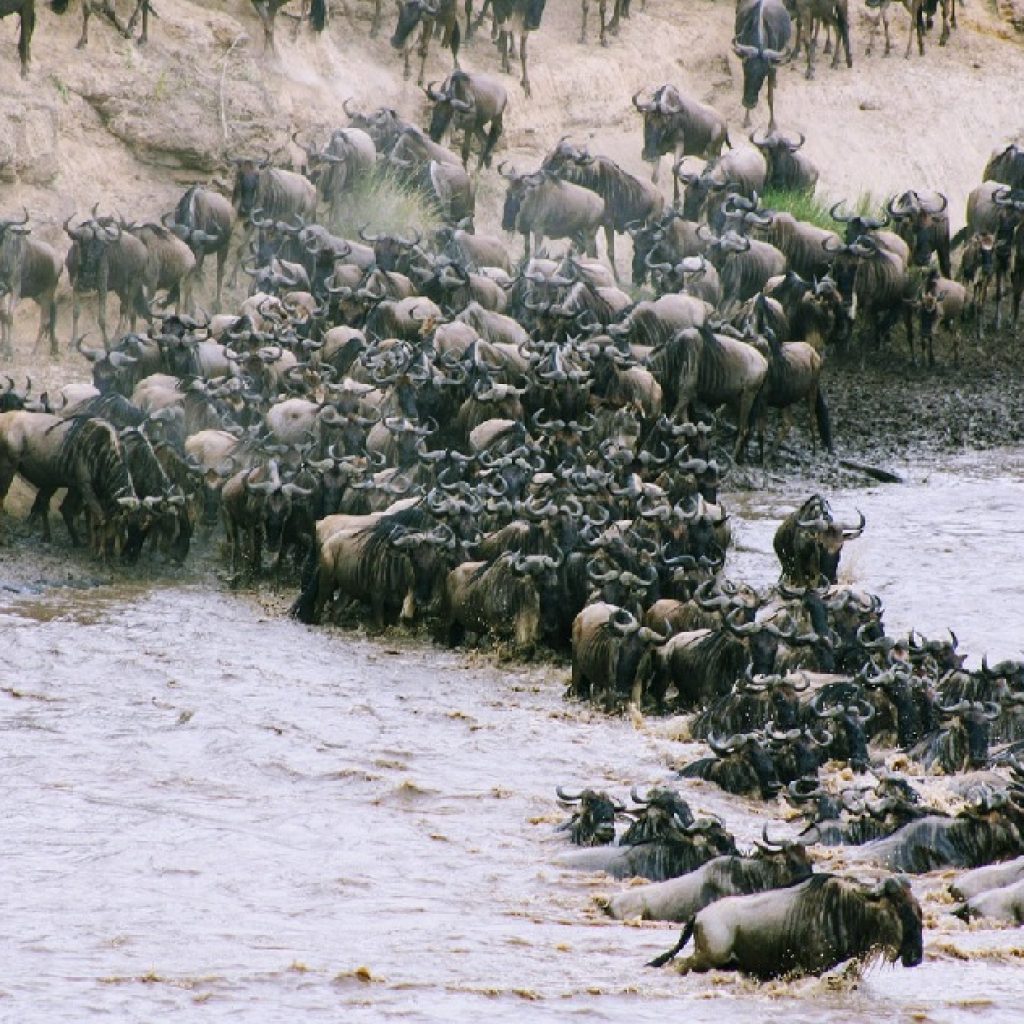
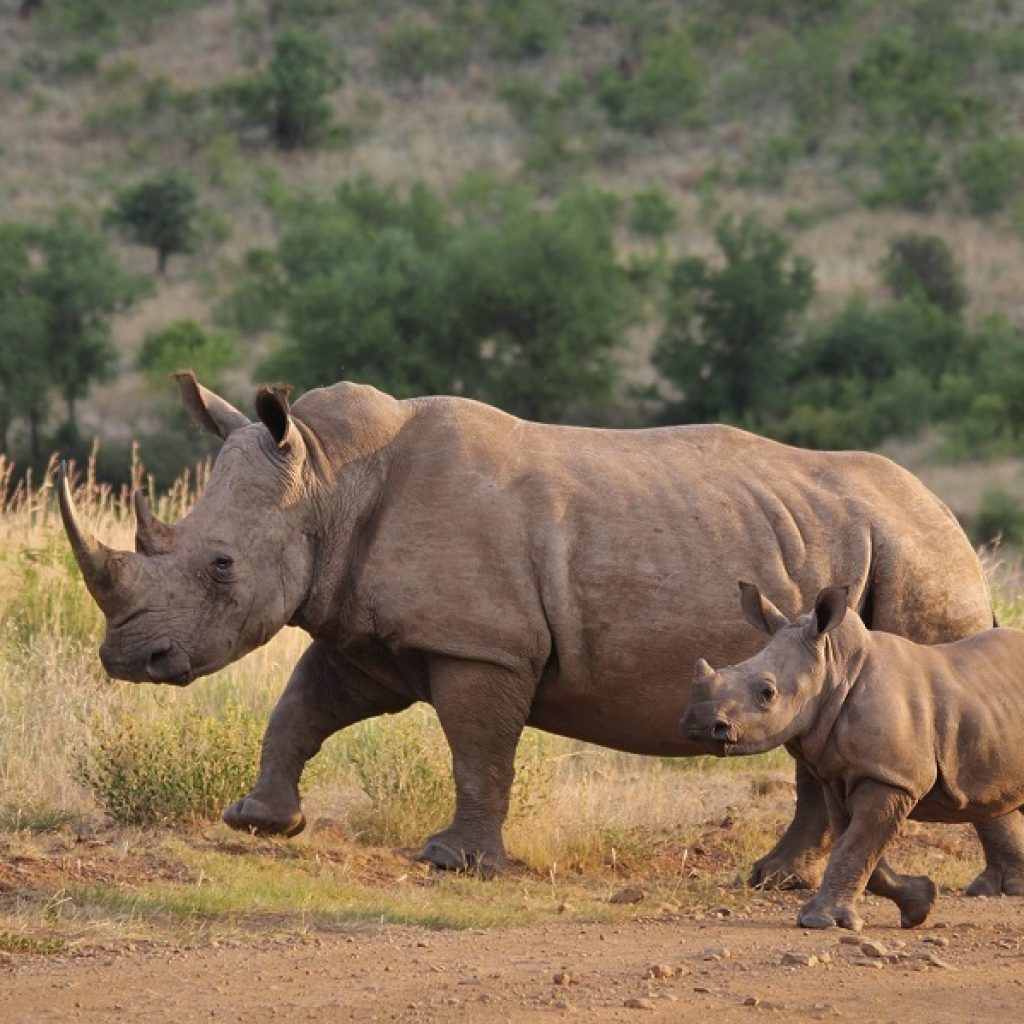

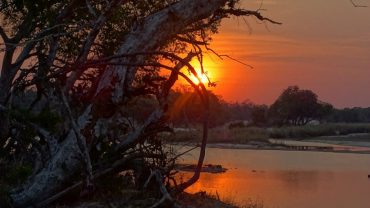
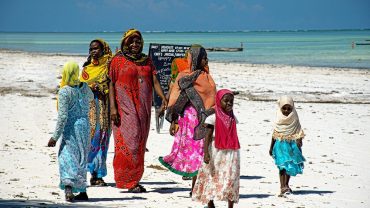
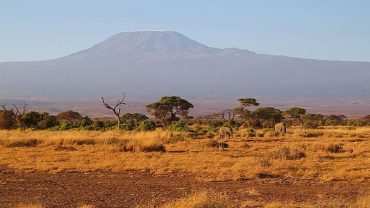
I have been in Masaimara in the month of August 2023. Amazing experiance.